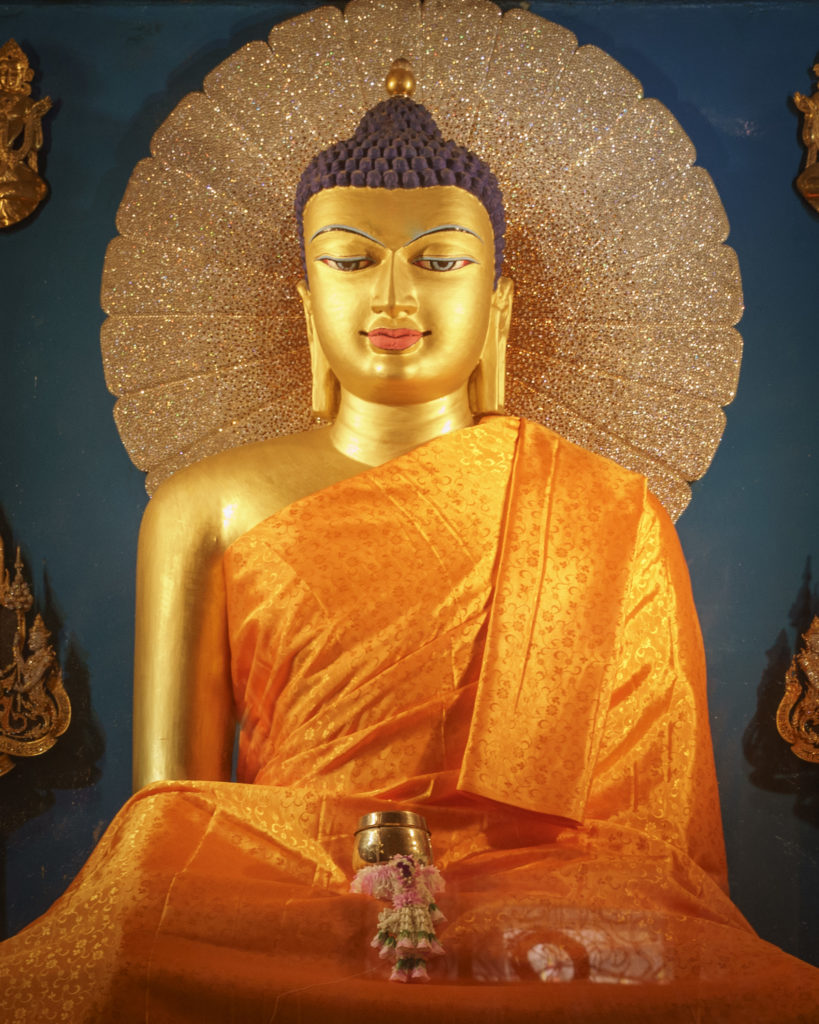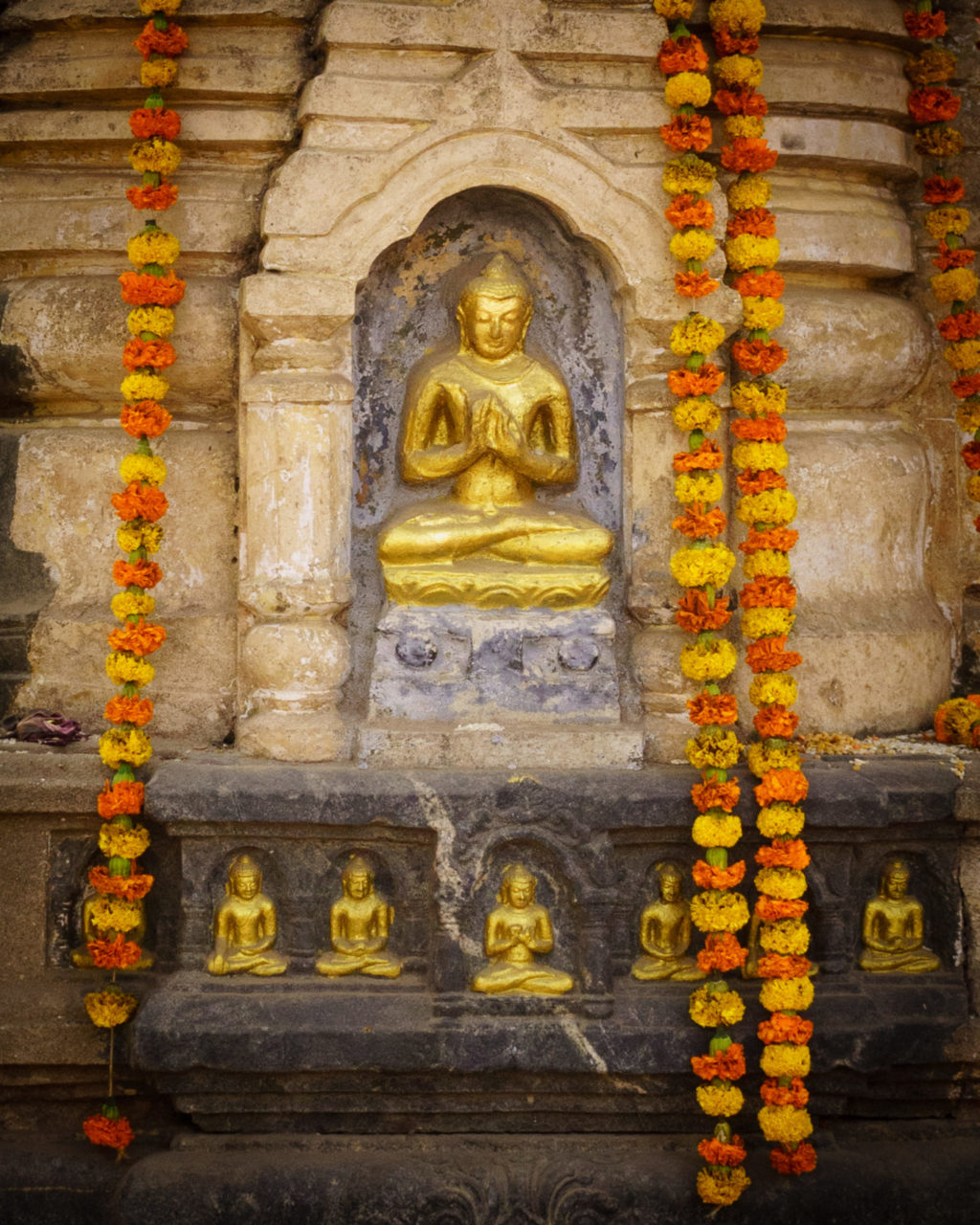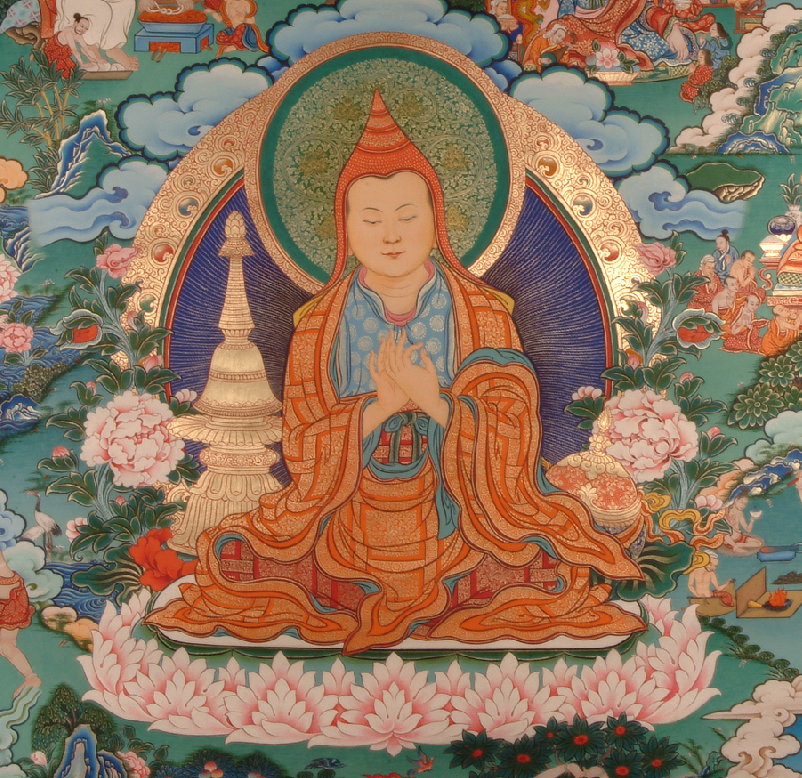Introduction to Meditation

Although we may find temporary happiness from external circumstances or other people, ultimately it will prove neither lasting nor truly satisfying. Genuine peace and well-being exist only within ourselves, in our own minds. When we meditate, we discover that peace and begin to cultivate our inherent positive qualities. Our negative thoughts decrease in number and start to lose their power over us.
Initially, we need a point of focus to calm our minds. The simplest method is to focus on our breath, which is reliable, uncomplicated, and always with us.
Instructions for Foundational Calm Abiding Meditation
The purpose of meditation is to cultivate positive qualities within ourselves, and ideally to increase our capacity to benefit others. Since our experience is dependent upon our mind, motivation strongly influences the outcome of our actions. So it’s important to take a few moments to develop a kind heart — loving kindness and compassion — that is, the wish that living beings find happiness and be freed from suffering.
To begin practicing calm abiding meditation [shamatha], it’s helpful to find a quiet space conducive to settling the mind. This could be a room in your house or a beautiful area outside where you won’t be seen or disturbed. Sit on a cushion, on the floor or on the ground, or use a chair if that is more comfortable. Keep your back straight and allow your gaze to rest softly in the space in front of you. Relax your jaw so that your mouth is slightly open.
Notice your breath as it enters and leaves your body. After a while, try counting your breaths, with each inhalation and exhalation considered one breath. Continue counting until you reach twenty, then begin again. If you lose track of the count, gently start over with number one. Alternatively, you can count your breaths using a mala (a Buddhist rosary). Traditionally, the mala is held in the left hand, and on each count you draw one bead toward you with your thumb.
Notice thoughts as they arise, but don’t let your mind follow after them; allow them to dissolve naturally into space as you gently maintain focus on the rising and falling of your breath. If you find yourself carried away by a stream of thoughts, don’t worry about it –- just recognize what has happened, let the thoughts go, and return to following your breath.
Eventually, calm abiding meditation leads to qualities of stillness and clarity. The mind does not shut down, but rather becomes naturally clear and still. The process is sometimes likened to leaving a glass of muddy water on a windowsill. When the water sits still long enough, the sediment settles to the bottom and the water clears. The moment-by-moment awareness of the breath leads to stillness. Leaving your eyes and all other sense faculties open while focusing on the breath generates clarity.
Additional Advice
Two tools: These are mindfulness and vigilant guard. Mindfulness in this context means to remember the object of meditation in each moment – in this case it means remaining aware of the breath. Vigilant guard means checking your mind regularly to see if its attention continues to rest on the object of meditation, or if it has become distracted.
Short sessions many times: When you’re new to meditation, it’s best to keep your sessions relatively short so you don’t get tired, bored, or sore. Instead of sitting for thirty minutes straight, you might sit for five or ten minutes at a time to begin with. If you like, you can also take brief breaks within sessions; for example, you might count twenty breaths, let the mind rest without holding that focus, and then repeat. You can naturally extend the time of your sessions as you grow more comfortable, both physically and mentally.
Not too loose; not too tight: Another key point is to find just the right balance of relaxation and effort, like finding the right tension on the strings of a guitar. If the strings are too loose, they sound terrible; if they’re too tight, they break. We need just enough effort to remember our meditation object, but not more. Ideally, our minds will be relaxed, but not so relaxed that we lose focus on the breath.



